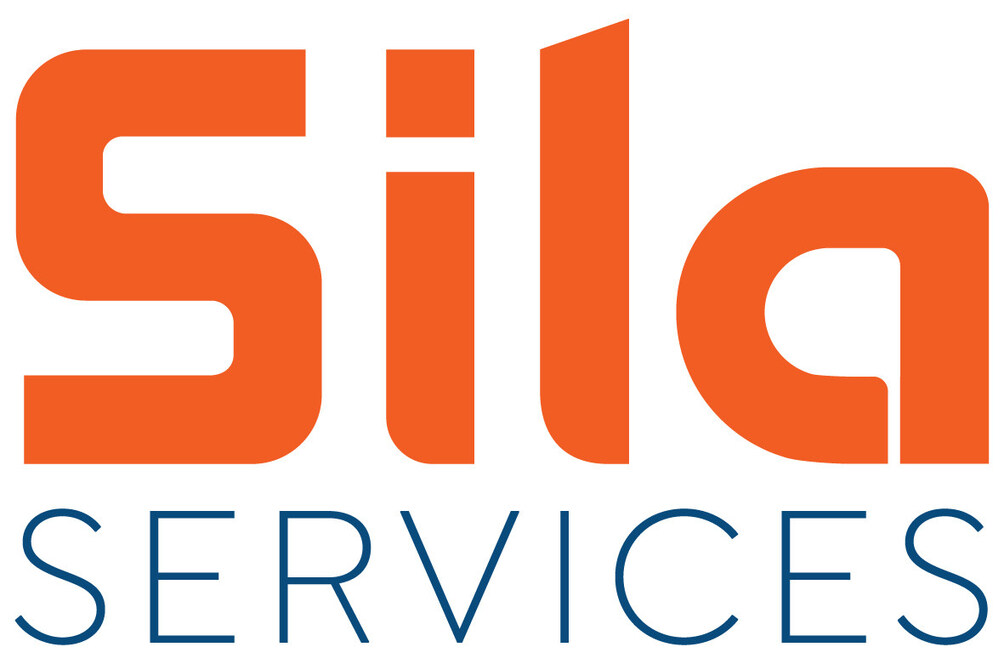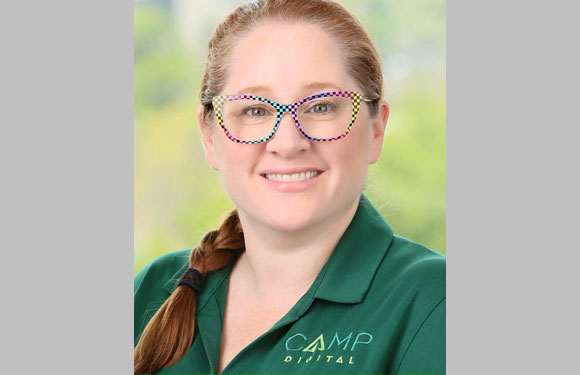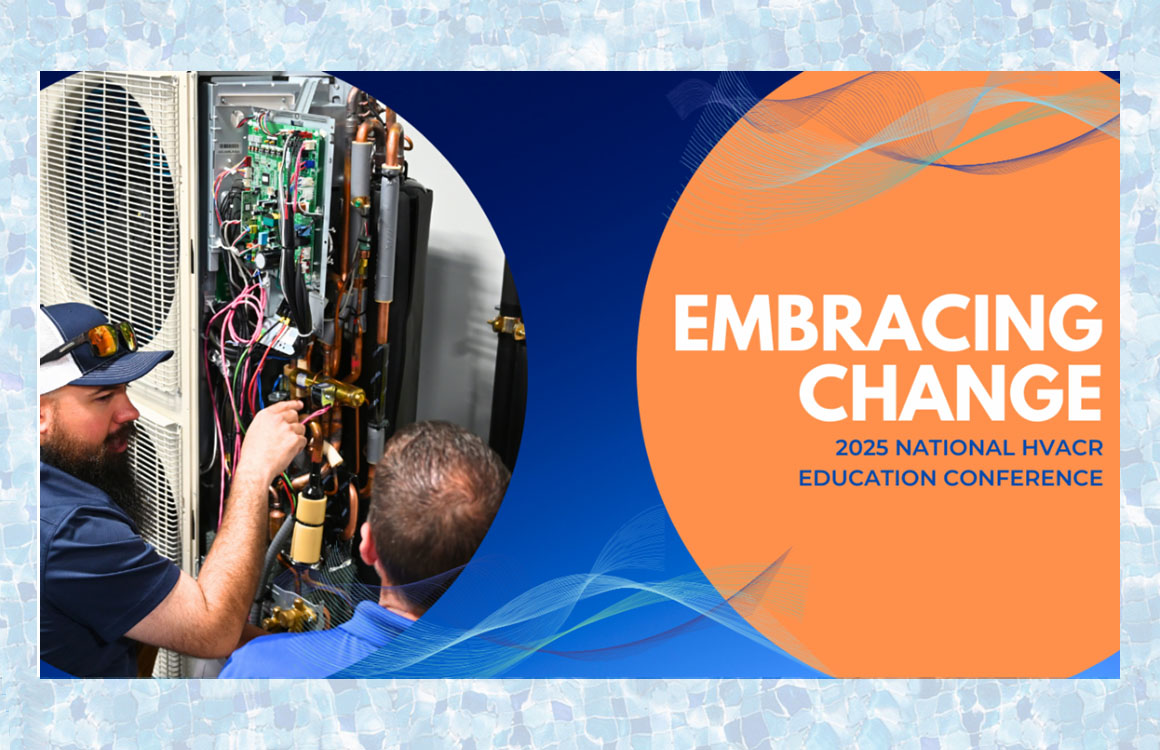
News
Preparing for Reopening Schools
Contributed by Howard Weiss, ESCO Group Executive Vice President
Across the United States, leaders are discussing various options for safely re-opening their schools. While these individuals, who represent both government and education departments, debate the merits of face-to-face, online, and blended learning options, all while social distancing, one must first realize there is no one size fits all solution. The teaching requirements of preparing primary, secondary, and post-secondary content-delivery methods are vastly different, let alone the considerations that are uniquely associated with career and technical education programs, including Heating, Ventilation, Air Conditioning and Refrigeration (HVACR).

If we separate each level of education and focus, for the purpose of this story, on secondary and post-secondary CTE programs, there are basic competencies and tasks required for entry-level positions in each CTE field. Mastery of these competencies and tasks require retained knowledge and, in many areas, hands-on validation. Under no circumstances can a CTE educator truly and accurately verify whether students can apply their knowledge in a real-world, hands-on environment strictly through online learning. A student may learn about brazing through reading, watching a video and virtual reality excises. However, to validate that a student can apply this retained knowledge, and safely braze, a hands-on verification is necessary.
Government and education leaders should be reaching out to industry standards and licensing agencies to develop a plan for educational programs within each specific field. These organizations, being completely immersed in existing programmatic requirements, can identify the aspects of the curriculum that require hands-on validation, as well as those that can safely and efficiently be taught remotely. The criterion should be based, in part, on identifying the elements that validate a student’s readiness for employment, ensuring that all field-required safety procedures are adhered to and assisting the school in limiting their liability.
As the methods of socially distanced instruction continue to evolve we must still adequately validate that CTE program completers have not only the retained knowledge necessary for employment, but that they can properly and safely apply this knowledge.
Contact Howard Weiss by emailing hweiss@hvacexcellence.org or calling 800-394-5268.














